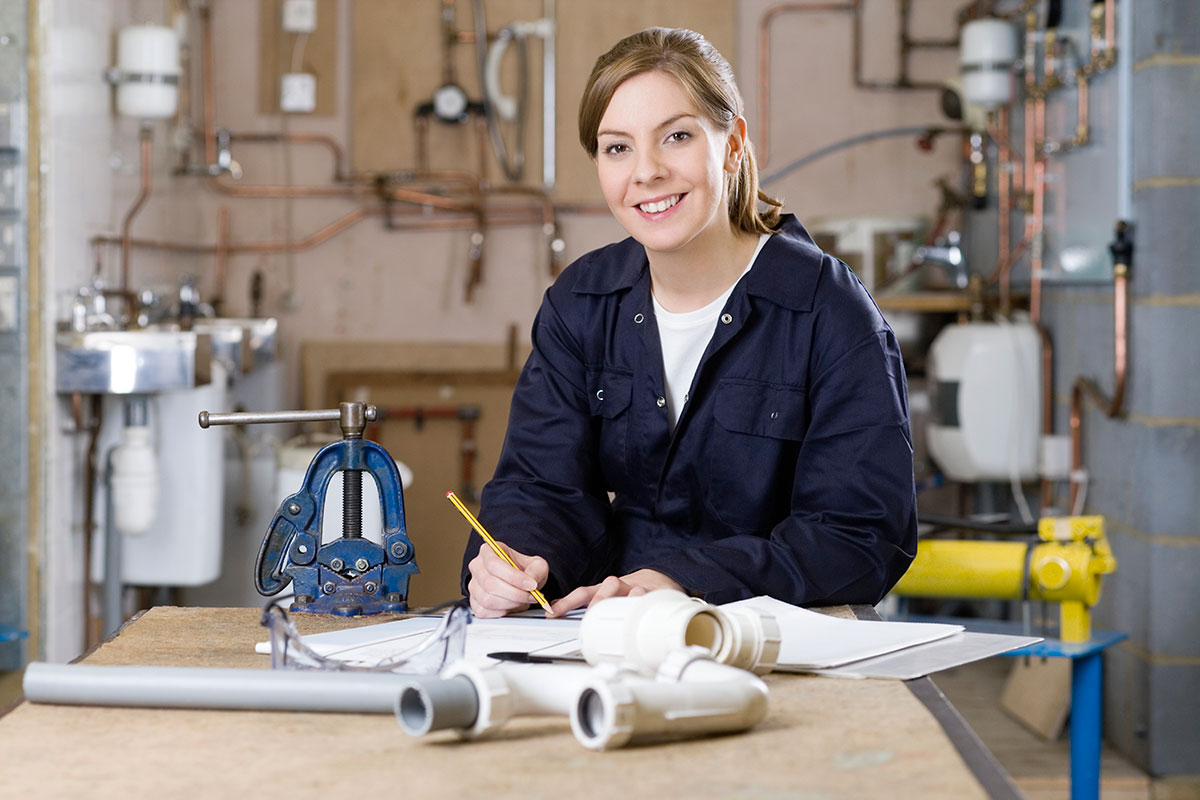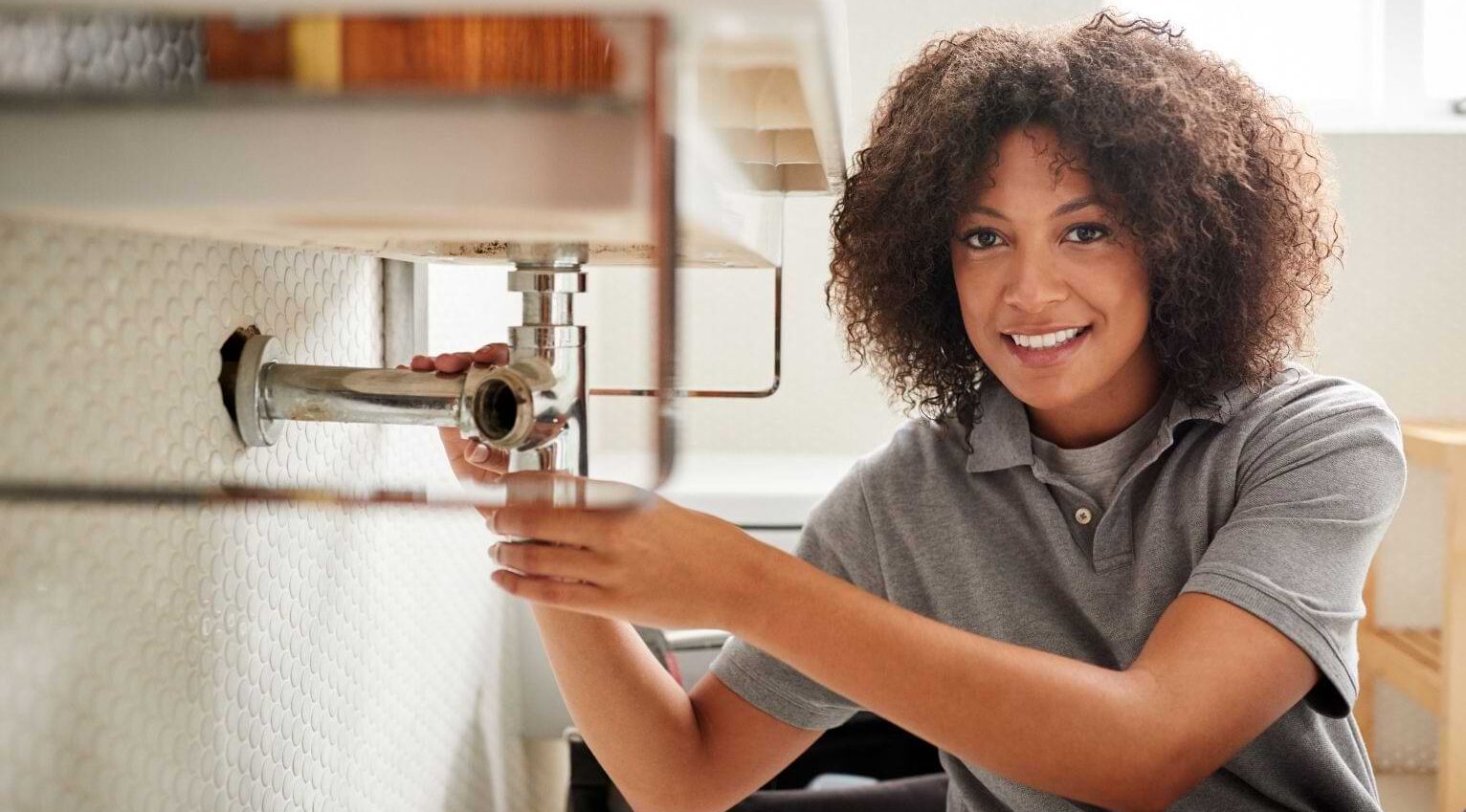A Step-by-Step Guide to Reliable Hot Water Heater Setup for Ideal Performance
Embarking on the task of mounting a water heating unit is a venture that demands accuracy and an organized strategy for attaining optimum efficiency. As you proceed, the intricacies of linking water supply lines and establishing up trusted electric or gas links await, promising insights into ensuring performance and integrity.
Choosing the Right Water Heating Unit

Next, think about the dimension and ability of the hot water heater. It's essential to examine your family's warm water demands, which can vary based upon the variety of owners and their usage patterns. An unit that's too little may result in insufficient warm water, while an oversized model might cause unnecessary energy consumption.
Effectiveness ratings also play a crucial function in choice. Search for hot water heater with high Energy Variable (EF) ratings, showing premium performance and minimized energy use. Tankless models, though commonly more expensive upfront, offer significant energy financial savings in time because of their on-demand home heating capacities.
Preparing the Setup Area
Before setting up a new water heating system, precise preparation of the installation area is important. It's vital to determine the space carefully to fit the water heating unit's measurements, making certain sufficient clearance around the unit for efficient procedure and maintenance.
Next, eliminate any particles, dust, or blockages from the website to create a clean atmosphere. Examine the flooring for stability, as the hot water heater will certainly require a strong, level surface to run efficiently. If required, mount a drip frying pan underneath the device to catch prospective leakages or spills, stopping water damages to the surrounding area. In areas prone to seismic activity, think about installing seismic bands to secure the heater strongly in position.
In addition, make certain that all needed tools and products get on hand before commencing the installment. This includes items such as wrenches, screwdrivers, a level, and any additional hardware required for securing the heating unit and installing. A well-prepared installment location establishes the structure for a successful hot water heater arrangement, optimizing efficiency and security.
Connecting Supply Of Water Lines
When linking water lines to your newly mounted water heater, it is important to make sure that all connections are leak-free and protected to preserve effective procedure and avoid water damage. Begin by recognizing the cold and hot water lines. The cold water inlet is generally marked with a blue label or a "C", while the warm water outlet is noted with a red tag or an "H".
Use versatile water heating unit connectors to promote a much easier setup procedure. These connectors can absorb vibration and permit minor motion, reducing the risk of leaks. Prior to attaching the adapters, place a plumber's tape around the threaded ends of the water heating system's inlet and outlet pipelines - Plumbing Alabaster AL. This tape serves as a sealer, stopping leakages. Thoroughly attach the adaptable pipes to the respective inlet and electrical outlet, making certain that they are not over-tightened but tight, which can damage the threads.
Once links remain in place, slowly activate the primary water supply valve. Check each connection for leakages by aesthetically feeling and examining for wetness. Tighten up connections as needed, and ensure the stress safety valve is appropriately set up, protecting against too much stress build-up.
Establishing Up Electrical or Gas Connections
Effectively establishing up the electric or gas links for your water heater is a vital step to make certain risk-free and efficient procedure. For electric water heating systems, begin by confirming that the electric circuit is suitable with the heating system's voltage and amperage demands.
For gas hot water heater, safety and security is vital. Verify that the gas supply is off before proceeding. Attach the gas line to the water heater great post to read making use of a versatile gas adapter, ensuring it is effectively threaded and sealed with pipeline joint compound or Teflon tape appropriate for gas links. Tighten the connections with a wrench, making sure not to over-tighten (Plumbing Alabaster AL).
Once connections are made, examine for any kind of potential leaks. For gas lines, use a soapy water option to the joints; bubbles indicate a leakage. For electric connections, confirm that all circuitry is protected and appropriately insulated, maintaining compliance with local electrical codes.
Evaluating and Readjusting for Effectiveness
With the electrical and gas links safely in location, the next step is evaluating the operational effectiveness of your hot water heater. Begin by thoroughly switching on the supply of water and making certain there are no leakages at any of the shutoffs or joints. As soon as validated, proceed to load the tank, taking note of the pressure and temperature settings. It is suggested to set the thermostat to an advised temperature level of around 120 ° F(49 ° C) to balance Homepage power efficiency and convenience.
Next, perform a detailed assessment to ensure the burner or burner are operating correctly. For electrical heating systems, utilize a multimeter to confirm if the components are drawing the proper present. In gas versions, observe the heater fire; it ought to be blue and consistent, suggesting effective burning.
Adjust the setups as essential to remove inadequacies. Take into consideration applying insulation actions, such as adding a water heating unit blanket, to further boost efficiency by minimizing warm loss. In addition, inspect the anode rod's problem, as a shabby rod can decrease efficiency and cause storage tank rust.
Verdict
Efficient hot water heater installation is crucial for ensuring optimum performance and energy financial savings. By picking the proper type and size, and diligently preparing the installation location, a foundation for success is developed. Safely connecting supply of water lines and carefully establishing up electrical or gas connections decrease prospective issues. Comprehensive testing for leakages and accurate thermostat modifications to 120 ° F enhance reliability and performance. Sticking to these steps promotes long-lasting capability and power conservation in residential water furnace.

Effectively setting up the electric or gas links for your water heating unit is a crucial step to guarantee risk-free and reliable operation. anonymous For electrical water heating systems, start by validating that the electrical circuit is suitable with the heating unit's voltage and amperage requirements. Link the gas line to the water heating unit utilizing a flexible gas connector, ensuring it is appropriately threaded and secured with pipe joint substance or Teflon tape suitable for gas links.